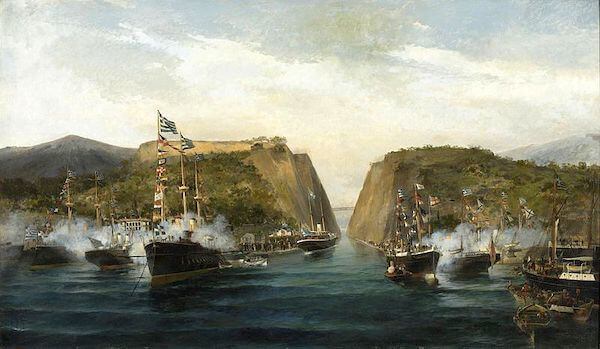Bunking in Bunkers

Gentrification . . . of a Sort
In the 1960s and 70s, Maoist China constructed a massive series of fallout shelters underneath their cities for fear of nuclear war. Beijing had 10,000 such bunkers, with many more constructed across the nation. Now, however, that the Cold War has ended and fear of nuclear war has receded, those bunkers are seeing new life.
Every night, more than a million inhabitants of Beijing bed down inside these underground bunkers. They're largely migrant workers and poor rural students, and the conditions they live in are often quite harsh. The bunkers have been subdivided into countless micro-apartments, and people are crammed into these spaces like stacked logs.
While laws dictate a minimum size for the micro-apartments, they're often ignored. It's not uncommon to find an entire family living in a room only large enough for a bed. Mold is common, and the lack of sunlight and ventilation certainly isn't healthy.
Despite government efforts to clean up the bunkers, there isn't anywhere else for these people to go. Housing and rental prices in Beijing have skyrocketed to utterly unsupportable levels.
This isn't even remotely an uncommon phenomenon, either: across the globe, cities have rampant housing crises as the global population increasingly urbanizes. It's happening here in America, as well. New York, for instance, is famous for having the highest density of poor artists per apartment of any major developed city. (If there's not at least two musicians and a cartoonist in your closet, you're not using your space correctly.)
Unfortunately, we don’t have a one-size-fits-all solution. In New York much of the problem comes from issues like the ultra-wealthy buying multiple luxury residences and leaving them unoccupied. The problem is completely different in China, where rural populations are abandoning their traditional ways of life en masse.
Cities and governments across the world are facing this problem, and how they respond is absolutely critical.
Me? I fantasize about finding a cabin out in the country with no neighbors for miles. People are too much trouble most of the time.
The Yard Ramp Guy®: GeoBusiness Plate Tectonics
This week, my friend The Yard Ramp Guy explores geopolitics plate tectonics and its effect on steel. He calls it GeoBusiness plate tectonics, and I'm always up for a new meme.
Check out his terrific post HERE.





